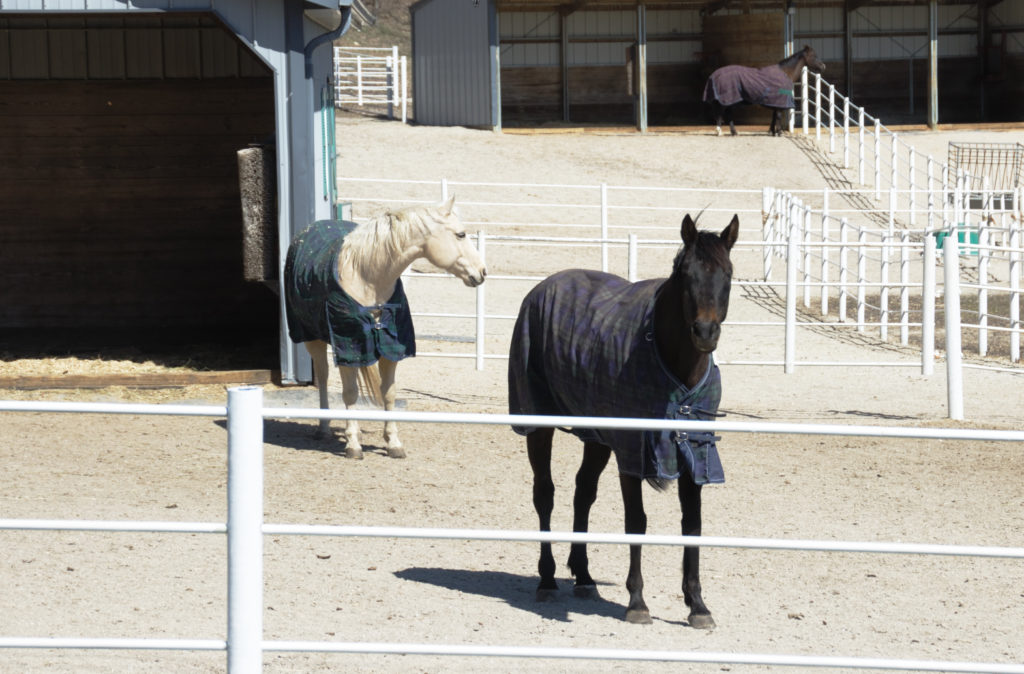
Vitamin E and Selenium: What’s the Relationship?
Vitamin E and selenium are often packaged and marketed together in supplements. Find out why from researcher Dr. Carrie Finno of the University of California, Davis.

Vitamin E and selenium are often packaged and marketed together in supplements. Find out why from researcher Dr. Carrie Finno of the University of California, Davis.

Your horse might not be getting enough vitamin E and not show any obvious signs. Or, he could have severe disease. Dr. Carrie Finno explains.

With people staying home during the COVID-19 pandemic, more horse owners seem to be seeking nutrition advice online.

Newborn foals are easy targets for every kind of bacterium, virus, and other pathogenic organism. Here are some steps you can take to maximize your foal’s immunity from gestation to weaning.

Considering a switch? A nutritionist weighs the benefits and drawbacks of feeding horses pelleted hay.

How can you collect colostrum and save it for future use, and how long can you keep it? A veterinarian weighs in.

To help you better understand vaccines’ importance, how and why they protect horses, and the impact of wellness exams on horse health, we’ve compiled a list of 10 important resources available to horse owners free on TheHorse.com.

Find out if oats in your horse’s poop piles means his feed—and your money—are going right through him.

German researchers found foals can spontaneously correct their own overjets (parrot mouth) within a year. However, they also found that foals born without overjets can develop them within the first few months of life.

A nutritionist explains why horses need this amino acid in their diets and what happens if they don’t consume enough.

Confused about your horse’s diet? We’re here to help. Here’s how to craft the proper hay and grain ration.

A steady nutrient supply of mare’s milk is crucial for the functioning of intestinal cells that produce incretins, which in turn influence energy regulation in neonates.

And if a foal has experienced stunted development, can proper nutrition correct any long-term health issues?

Dr. Brian Nielsen describes the best kind of exercise for foals.

Are young horses with poor or limited nutrition or exercise likely to develop problems later in life? If so, can these be reversed? Dr. Brian Nielsen responds.

Do you have a young horse in your life? Learn about young horse growth, development, exercise, and nutrition during this Q&A.
Stay on top of the most recent Horse Health news with
"*" indicates required fields